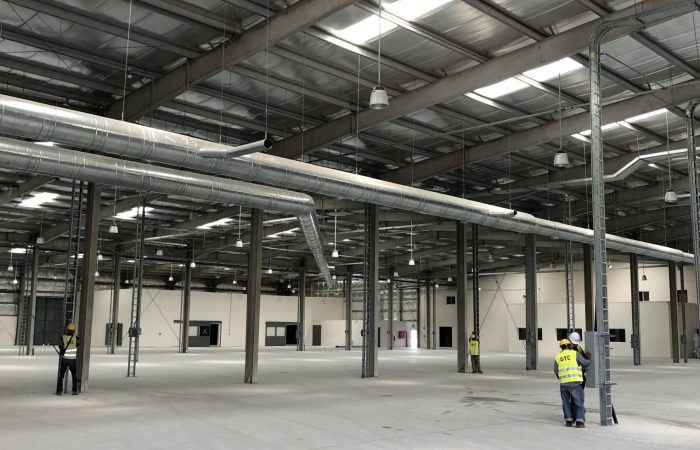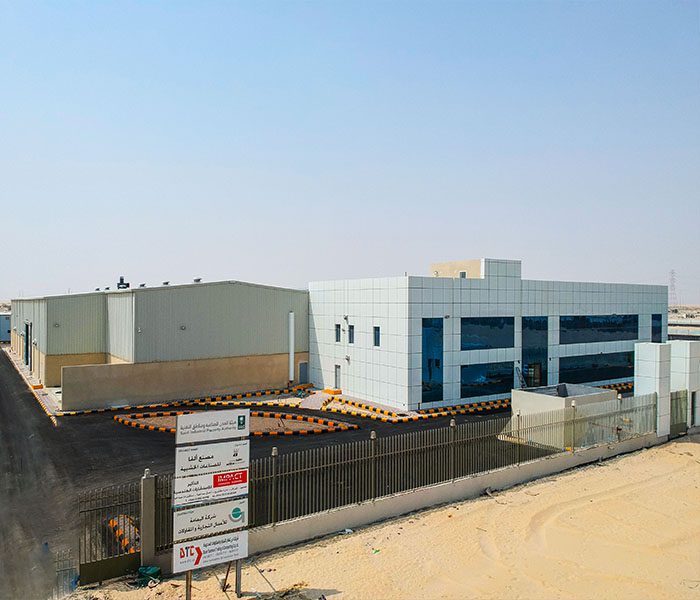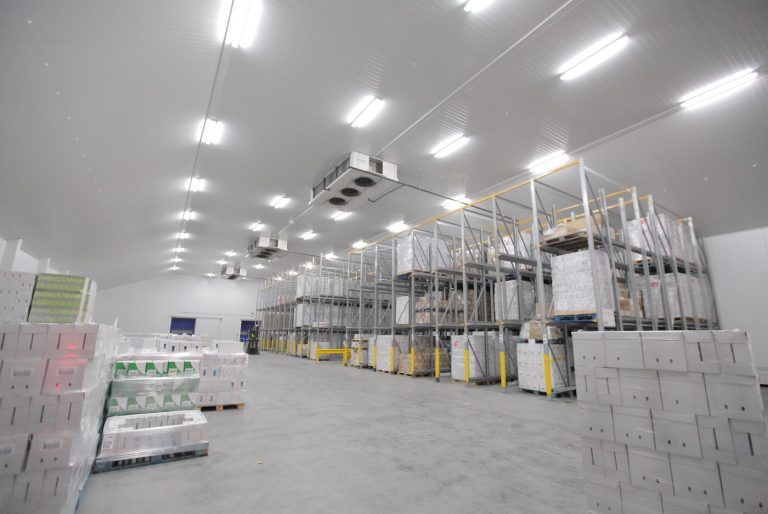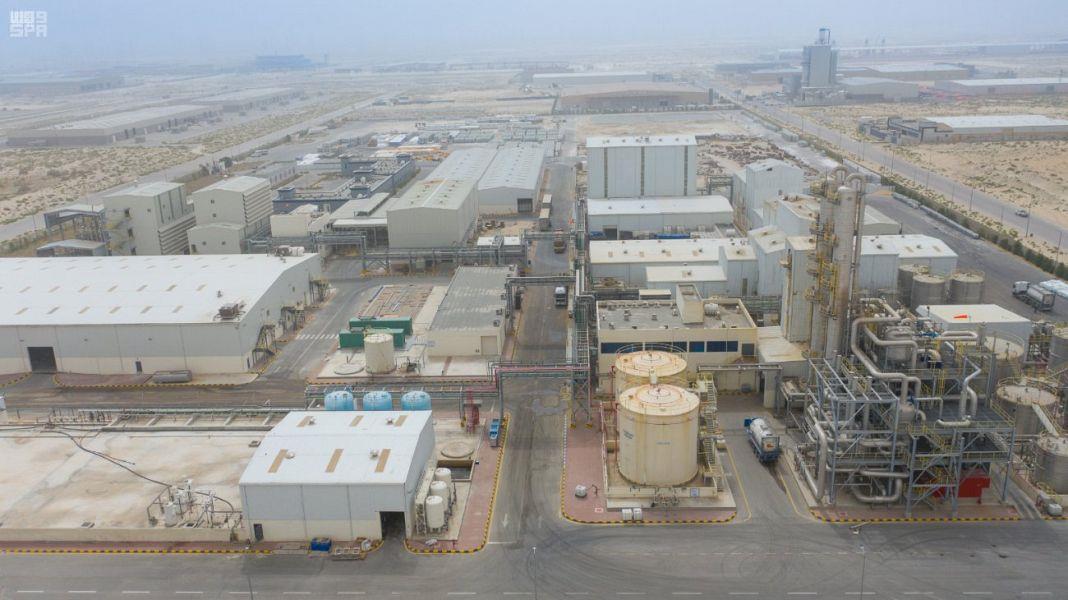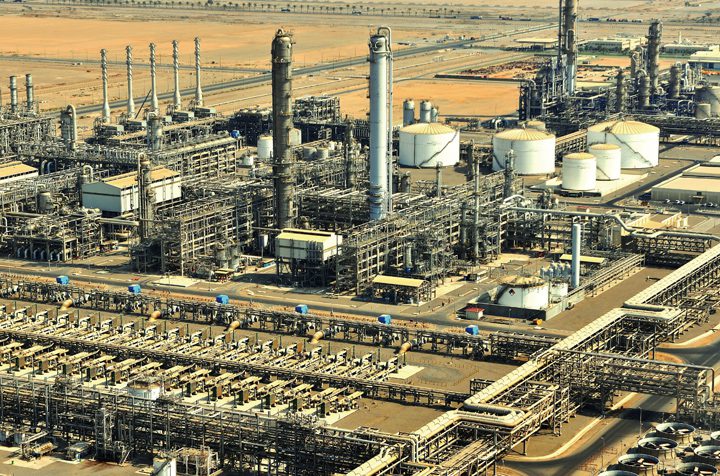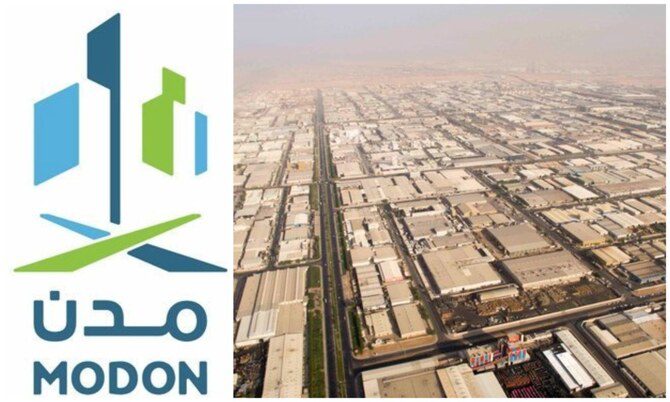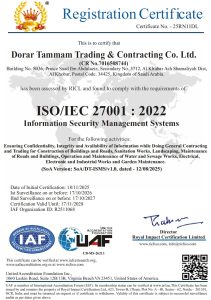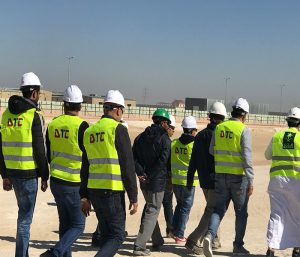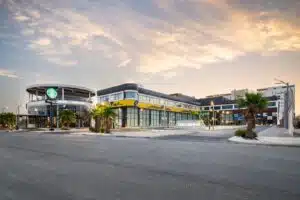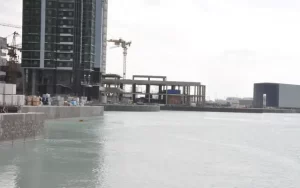he Development of Industry in Saudi Arabia: Driving Vision 2030 Toward Industrial Transformation
Meta Description:
Discover how the development of industry in Saudi Arabia is shaping the nation’s Vision 2030 goals — exploring industrial diversification, innovation, sustainability, and the rise of smart manufacturing.
Introduction
The development of industry in Saudi Arabia has become one of the Kingdom’s most powerful engines of transformation. From oil-based production to diversified manufacturing, Saudi Arabia is rapidly becoming a global industrial hub.
Guided by Vision 2030, the nation aims to build a dynamic, knowledge-driven economy that promotes innovation, sustainability, and advanced technology integration.
Over the last two decades, the Saudi government has invested heavily in industrial infrastructure, modern factories, and technology-driven production systems. These initiatives are not just improving local production capabilities but also positioning Saudi Arabia as a key player in the global industrial supply chain.
The Evolution of Industrialization in Saudi Arabia
The industrial journey began in the mid-20th century with a focus on petrochemicals and energy-intensive sectors. However, the 21st century marks a shift toward diversification, with major investments in mining, renewable energy, pharmaceuticals, and manufacturing.
Government-led initiatives such as the National Industrial Development and Logistics Program (NIDLP) aim to expand Saudi Arabia’s industrial base beyond oil by fostering innovation and sustainable production.
Government Initiatives Fueling Industrial Development
1. Vision 2030 and NIDLP
The cornerstone of Saudi Arabia’s industrial growth strategy is Vision 2030. Through the NIDLP, the government supports local industries by developing logistics zones, industrial cities, and export hubs.
2. The Role of MODON
The Saudi Industrial Property Authority (MODON) oversees more than 36 industrial cities across the Kingdom, offering investors infrastructure, incentives, and streamlined licensing processes.
3. Foreign Investment Attraction
The Saudi Arabian General Investment Authority (SAGIA) has simplified foreign ownership laws to attract global investors, especially in manufacturing, technology, and logistics.
Industrial Diversification: Beyond Oil
Saudi Arabia’s industrial strategy emphasizes economic diversification to reduce dependence on oil exports.
Key sectors driving this transformation include:
-
Mining: Development of rare minerals and metals to support global industries.
-
Renewable Energy: Expansion of solar and wind energy manufacturing facilities.
-
Defense Manufacturing: Growth in local arms and defense equipment production.
-
Pharmaceuticals and Biotechnology: Rapidly emerging as a strong non-oil sector.
-
Smart Factories: Adoption of automation, robotics, and artificial intelligence.
Technological Innovation and Smart Manufacturing
Innovation is central to the development of industry in Saudi Arabia. Through Industry 4.0 technologies, the Kingdom is introducing smart factories powered by robotics, data analytics, and the Internet of Things (IoT).
The Saudi Industrial Development Fund (SIDF) offers loans and incentives to industries implementing modern manufacturing technologies. These digital transformations enhance productivity, reduce waste, and strengthen competitiveness in global markets.
Environmental Sustainability and Green Industry
Saudi Arabia’s commitment to sustainable industrialization is evident through projects aligned with the Saudi Green Initiative. Factories are encouraged to use renewable energy, reduce emissions, and recycle industrial waste.
Programs under the National Center for Environmental Compliance (NCEC) ensure that industrial operations meet environmental standards, balancing growth with ecological responsibility.
Infrastructure Development and Industrial Cities
Modern industrial infrastructure is a pillar of Saudi Arabia’s progress. Cities such as Jubail, Yanbu, and Ras Al-Khair stand as models of integrated industrial ecosystems — combining energy production, logistics, and export facilities.
The government continues to expand industrial zones and economic clusters, supporting new projects in Riyadh, Jeddah, and Dammam. These developments make it easier for investors to access logistics networks, utilities, and skilled labor.
Human Capital and Workforce Development
The Saudi workforce is becoming increasingly skilled and specialized.
Programs such as Human Capability Development Program (HCDP) and partnerships with universities and training institutes ensure that Saudi workers are prepared for modern industrial roles — from engineers to factory technicians.
Challenges and Opportunities Ahead
While the development of industry in Saudi Arabia has achieved remarkable milestones, challenges remain.
These include balancing environmental policies with rapid industrialization, ensuring consistent quality standards, and expanding export capabilities.
However, the Kingdom’s strategic location, government incentives, and infrastructure make it an ideal industrial destination in the Middle East.
Conclusion
The development of industry in Saudi Arabia is a symbol of transformation, innovation, and national pride.
With Vision 2030 as its guiding light, Saudi Arabia is evolving from a resource-based economy into a global industrial leader, blending sustainability with cutting-edge technology.
The coming decade will likely see Saudi Arabia emerge as a model for industrial excellence — a future built on resilience, intelligence, and ambition.

